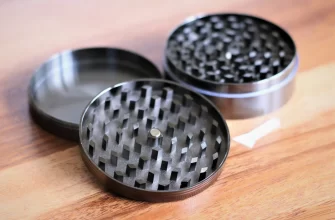When laying heating mains and other engineering networks, which are underground, it is necessary to ensure their reliable protection against mechanical damage and the influence of external factors. To do this, trays of heating mains are used - one of the main elements of the underground heat supply system. Together with the floor slab, they create a kind of box for laying the pipeline.. The main purpose of the design is to protect communications from mechanical damage., groundwater and floods. Besides, building helps retain heat, preventing it from spreading.
Channel slabs: technical qualities and functions
Strength plates for heating mains guarantees its composition of heavy concrete of category B15 - B25 with a high level of frost resistance and water resistance. Additional protection can be provided by waterproofing reinforced concrete trays and their floor slabs.. Also, in the manufacture of the tray floor slab, a frame made of high-strength steel reinforcement is used., having an anti-corrosion coating, which increases the life of the floor slabs.
Tray plates are an easy and reliable way to provide hydro- and thermal insulation of any underground utilities and minimize the mechanical impact on them. Reinforced concrete covers for trays are very convenient in operation. No special equipment is required for their installation.. If necessary, tray plates can be dismantled and reinstalled. This will not affect their functionality.. It is possible to use these concrete products of tray slabs in any climatic zones with different temperature conditions.
Such concrete slabs have a number of significant advantages..
- Characterized by reliable installation and durability.
- Have increased durability.
- They have precise geometric dimensions and a smooth surface.
- Quick and easy installation.
- Valued for their thermal insulation qualities.
- Have confirmation of laboratory quality control.
- Are attractive in price.
How to choose slabs for covering trays
There are many varieties of slabs for blocking channels. They differ in size, design features and purpose. Before you buy floor slabs for heating mains, you need to accurately determine the size you need, for this you need to know the outer and inner widths of the blocked channel. It is also important to take into account the degree of evenly distributed vertical load of the tray floor slabs..
Types and sizes of tray plates depend on the product series. For the convenience of buyers, there is a detailed marking. In her, depending on series, parameters can be specified, consider an example of a plate P5d-8:
- construction type, eg ("P" plate);
- plate size (meaning 5), slab width 780 mm. and thickness 70 mm;
- the letter "d" means that the plate is additional, length 740 mm., we are the letter "d", board length standard 2980 mm. ;
- the last digit in the marking determines the minimum load, which the reinforced concrete tray slab can withstand, measured in tf/m².
Plates of heating mains provide reliable protection of heating networks, which are subject to constant factors of aggressive influence. Particular reliability of the design can be achieved, using additional channel waterproofing, in which all the joints of the elements are smeared with a special solution.
Tray overlapping plates can significantly reduce the level of pipe wear, reliably protecting them from moisture, temperature fluctuations and mechanical influence. This extends the service life of engineering networks., reduces the likelihood of accidents and breakdowns.












